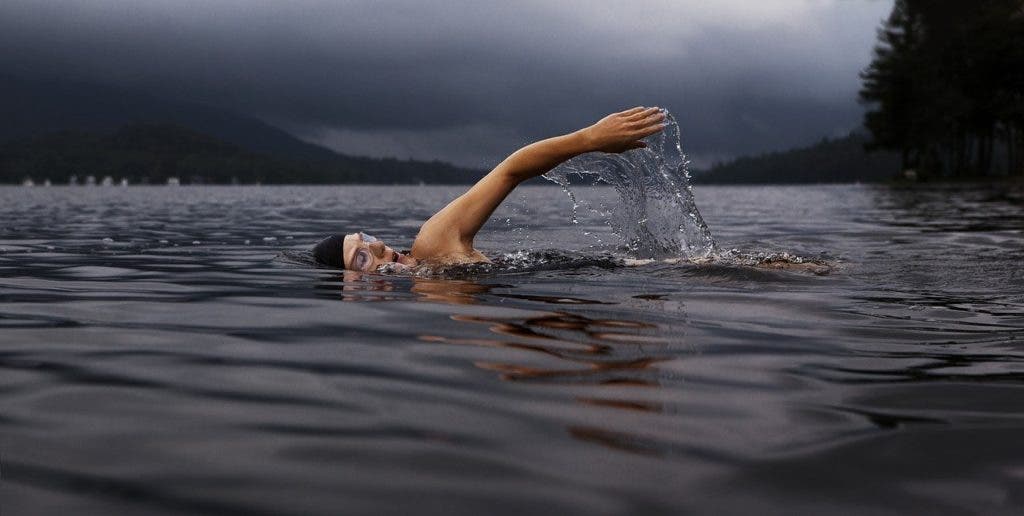
“Swimmer’s shoulder’ is an umbrella term used to describe shoulder injuries suffered by both the swimming and general population. According to a new study, as many as three-quarters of competitive swimmers suffer from the painful overuse injury.
The shoulder is particularly vulnerable to injury due to its structure and complex biomechanics. The shoulder joint is made up of three important bones: the scapula (shoulder blade), clavicle (collar bone), and humerus (arm). There is a very small surface area where the bones articulate with each other, which means it is an inherently unstable joint.
Some swimmers might notice pain in the back of the shoulder after 25-30 minutes of swimming, while others may experience a sharper pinching feeling in the top of the shoulder at the same point in every stroke cycle. Similar symptoms might be incurred following an intense shoulder workout at the gym.
The researchers at Stanford University led by Eli Cahan surveyed 150 high school and youth club competitive swimmers aged 13-18, finding that 76.7% reported shoulder pain within the last 12 months.
When we perform a swimming stroke, the shoulder experiences a great deal of strain. Amateur swimmers typically have not much to worry since they don’t have to swim large over large distances on a daily basis like competitive swimmers.
Elite swimmers generally perform around 2,500 shoulder revolutions per day during their training sessions. The study found a strong association between distances swum and the incidence of shoulder pain. Those who reported no shoulder pain swam 1,568-3,513 yards (1,433-3,212 meters), whereas swimmers who experienced pain in their shoulder swam a median distance between 2,001-6,322 yards (1,829-5,780) per practice.
“Shoulder pain is significantly associated with median swimming distance but not with stroke type or specialized practice drills. To best tailor injury prevention programs for adolescent swimmers, programs must consider overall distance swum across strokes and drills rather than in specific scenarios alone,” the authors found.
Overtraining is also fostered by a “No pain, no gain!” culture. The study found that 66% of the surveyed competitive swimmers agreed with “mild shoulder pain should be tolerated” if they want to become successful swimmers and 61% that “taking time off from swimming is not ideal.”
“This research showed that pain was normalized for both high school and club swimmers,” Cahan said in a press release. “Additionally, we found that nearly half of the athletes in our study know peers who use medication to address swim-related injuries, so we worry about the exposure to medications especially in the context of the opioid epidemic.”
Swim clubs were more associated with ‘swimmer’s shoulder’ than high school teams, the study also found.
“Both hold practices with similar frequency, but club practices are significantly longer in duration and length, the authors wrote in their study.


